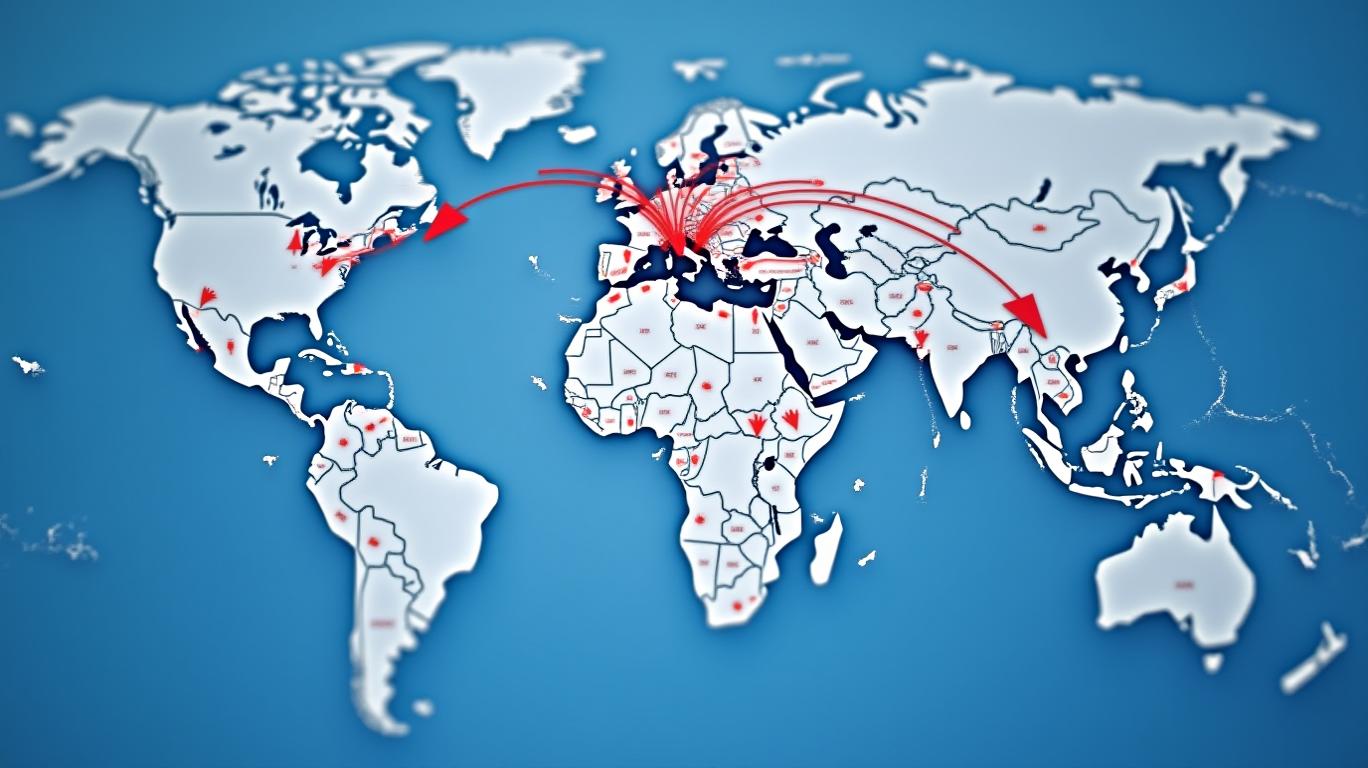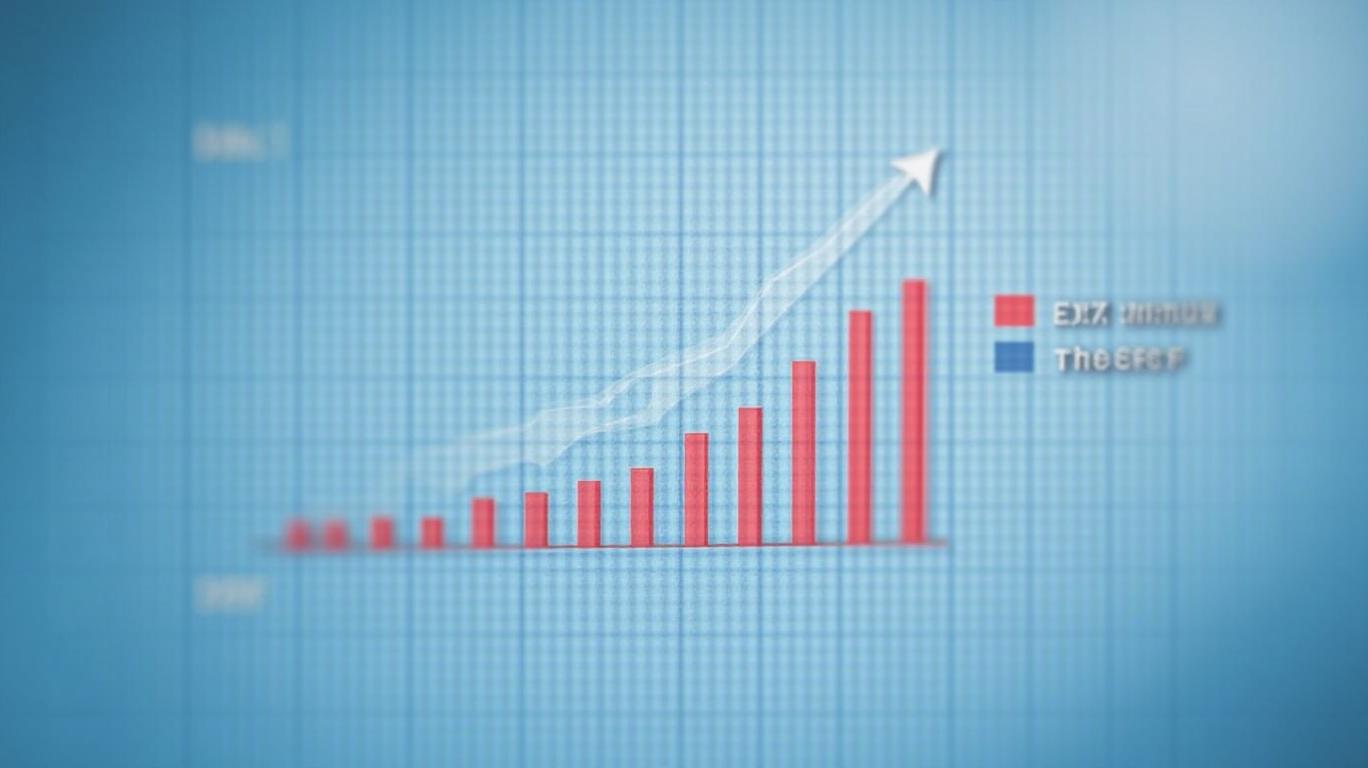DSV's $16.2B Schenker Acquisition: Navigating Regulatory Waters to Secure Logistics Dominance

Regulatory Clearance: A Smooth to Dominance
DSV A/S has successfully navigated the final regulatory hurdles for its landmark acquisition of DB Schenker from Deutsche Bahn, securing approvals from critical jurisdictions, including the European Commission and the U.S. Hart-Scott-Rodino waiting period expiration. With all conditions fulfilled by mid-April 2025, the $16.2 billion deal is set to close on April 30, creating a logistics giant with over 147,000 employees and a combined market cap exceeding $40 billion.
The transaction’s smooth regulatory passage is notable given the sector’s antitrust sensitivities. Unlike previous deals in the logistics space—such as DHL’s acquisition of Pitney Bowes, which faced prolonged scrutiny—the Schenker deal avoided material objections. This reflects DSV’s strategic approach to addressing competition concerns, likely through carve-outs or commitments to maintain Schenker’s independent operations until the merger’s completion.
Deal Structure: Building a Logistics Titan
The acquisition’s value of €14.3 billion (including interest) positions it as DSV’s largest M&A to date. Key terms include:
- Financing: A mix of equity and debt, structured to preserve DSV’s investment-grade credit ratings. Analysts note the company’s conservative leverage targets, with a net debt-to-EBITDA ratio expected to remain below 3x post-deal.
- Strategic Synergies: Targeting DKK5 billion ($700 million) in annual cost savings by 2027, primarily through operational efficiencies, shared IT systems, and procurement optimization.
- Operational Independence Until Closing: DSV and Schenker must remain separate competitors until April 30, adhering to strict antitrust rules.
The integration plan emphasizes retaining Schenker’s German operations, including its Essen headquarters and labor agreements, while leveraging DSV’s agility in digital logistics. Deutsche Bahn, meanwhile, will use proceeds to reduce debt, aligning with its “Strong Rail” strategy to focus on core infrastructure.

Market Reaction: Analysts and Investors Cheer the Deal
Analyst sentiment remains bullish, with consensus ratings of “Buy” and price targets reflecting confidence in the merger’s accretive potential. Stifel Nicolaus analyst Johannes Braun reiterated a Buy rating with a DKK1,600 target, citing the deal’s ability to vault DSV ahead of Kühne+Nagel and DHL in global market share. Barclays similarly affirmed a Buy, projecting 15% upside to DKK1,510, driven by synergies and margin expansion.
Investor enthusiasm is evident in DSV’s stock performance. Since the deal’s announcement in late 2024, shares have surged 28.6%, from DKK1,071.79 to DKK1,378.33 as of April 2025. This outperformance aligns with expectations of ~15% EPS accretion in the first full year post-closing, supported by Schenker’s higher-margin contract logistics business.
Risks and Considerations
While the regulatory path is clear, risks persist:
1. Integration Execution: Merging two large, complex organizations requires flawless execution. DSV’s track record—such as its 2019 Panalpina acquisition, which delivered 20% EBIT margin improvements—gives investors confidence.
2. Geopolitical Headwinds: Rising trade tensions and supply chain disruptions could impact demand for logistics services. However, the combined entity’s diversified geographic footprint (40% of Schenker’s revenue from Asia) may mitigate regional risks.
3. Debt Management: While DSV’s financing plan is conservative, rising interest rates could pressure borrowing costs.
Conclusion: A Game-Changer for Global Logistics
The Schenker acquisition marks a watershed moment for DSV, solidifying its position as the world’s largest freight forwarder and a top-three contract logistics provider. With regulatory approvals secured and synergies on track, the deal unlocks:
- Scale: A combined revenue base of ~€20 billion, surpassing Kühne+Nagel’s €18 billion.
- Diversification: 40% of Schenker’s revenue from high-growth Asia-Pacific markets, balancing DSV’s European dominance.
- Margin Expansion: Analysts project EBIT margins to rise from 6.8% (DSV’s 2024 estimate) to ~8.5% by 2027, driven by Schenker’s higher-margin solutions division.

Investors should monitor the April 30 closing, which will trigger a detailed financial update and integration roadmap. With Deutsche Bahn’s backing, regulatory blessings, and a proven M&A track record, DSV is poised to dominate the $3 trillion global logistics market. For now, the stock’s upward trajectory and analyst optimism suggest the deal’s full potential remains underappreciated—a compelling case for long-term investors.
Final Takeaway: DSV’s Schenker acquisition is more than a regulatory milestone—it’s a strategic masterstroke that transforms the logistics landscape. With execution risks manageable and upside potential anchored in quantifiable synergies, this deal deserves a spot on every investor’s radar.

Comments
No comments yet